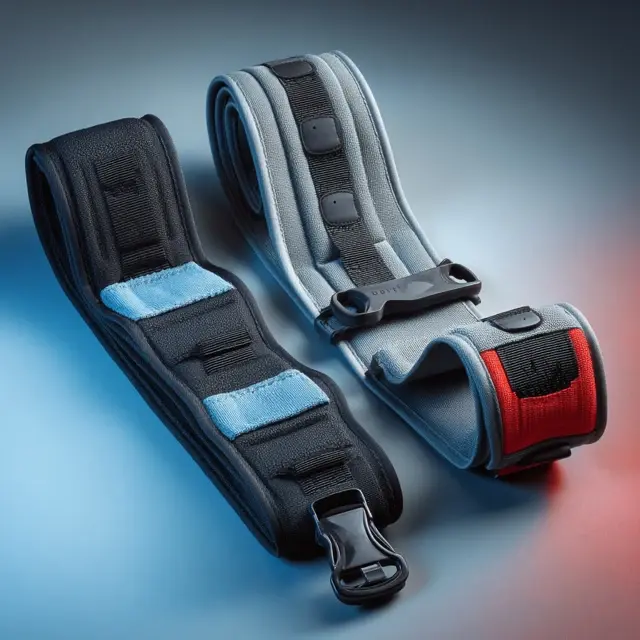Running Belt Fit Tips: Elastic vs Adjustable Straps
Finding the right running belt comes down to how it fits your body. The two most common strap options—elastic and adjustable—each have unique strengths and drawbacks. Choosing between them depends on your running style, comfort preferences, and training goals. This guide compares both types to help you make the best choice.
Why Strap Type Matters
The strap is the foundation of your running belt. It determines whether the belt feels secure, whether it bounces, and how easy it is to wear over different outfits. A poorly chosen strap can turn a useful belt into a constant distraction.
Elastic Strap Running Belts
Elastic straps stretch to fit snugly against the body, offering a minimalist feel.
Advantages
- Comfortable fit: Elastic conforms to your body shape and movement.
- Bounce-free design: Stays snug during runs, ideal for sprints or high-intensity training.
- Minimal adjustments needed: No buckles or straps to tighten mid-run.
Disadvantages
- May feel restrictive if too tight.
- Less flexibility for layering over winter gear.
- Elastic can stretch out over time, reducing effectiveness.
Best For
Elastic strap belts are best for runners who prioritize lightweight, bounce-free performance—especially sprinters and minimalist runners carrying only essentials.
Adjustable Strap Running Belts
Adjustable belts use buckles or sliders to let you control the fit manually.
Advantages
- Customizable fit: Easily tighten or loosen for different clothing layers.
- Versatility: Works well year-round, whether in summer shorts or winter jackets.
- Durability: Straps hold their shape longer compared to elastic.
Disadvantages
- Can shift or bounce if not tightened properly.
- Buckles may cause bulk or minor irritation against clothing.
- Requires more frequent adjustments during long runs.
Best For
Adjustable strap belts are ideal for marathoners, trail runners, and those who run in varying conditions with different gear needs.
How to Decide Between Elastic and Adjustable Straps
When choosing between elastic and adjustable strap belts, ask yourself:
- Do I prefer simplicity or control over fit?
- Do I run mostly in consistent climates or across different seasons?
- Do I carry minimal essentials, or do I need room for multiple items?
Your answers will point you toward the strap style that best matches your needs.
Fit Tips for Both Types
- Test the belt while jogging in place to check for bounce.
- Adjust so it’s snug but doesn’t restrict breathing.
- Consider wearing lower on the hips for added stability.
Conclusion
Both elastic and adjustable strap running belts offer advantages depending on your running style. Elastic straps are sleek and bounce-free, while adjustable straps provide versatility and control. Choosing the right one ensures your belt feels like an asset, not a distraction, no matter the distance or terrain.
For more insights, explore our belt fit comparison guides and running gear reviews.




